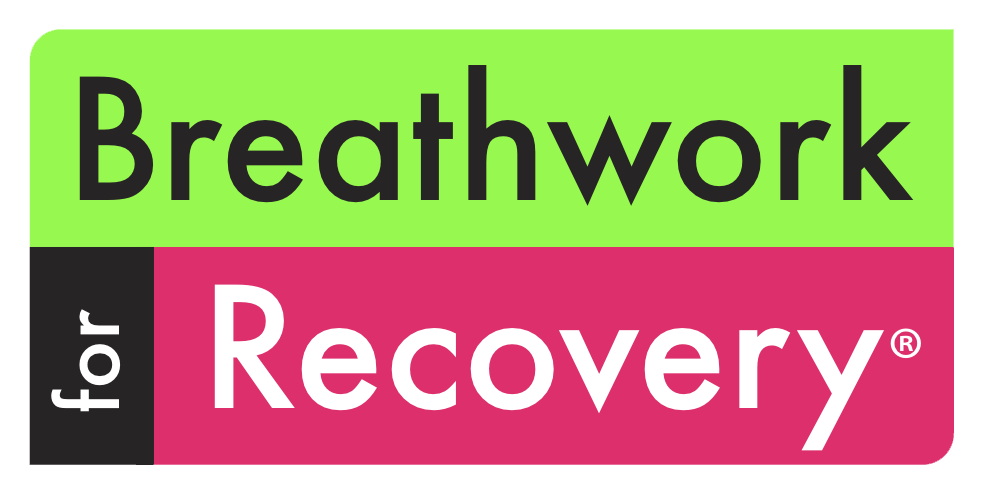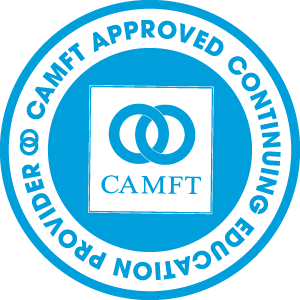Breathwork for Recovery is a bold and uniquely unconventional approach to treating trauma.
We are the first and only national organization comprised of trained professionals boasting breathwork certification, mental health training, and/or clinical credentials, including RADT, CADC, and LMFT.
Breathwork for Recovery also is approved by the California Association of Marriage and Family Therapists (CAMFT) to sponsor continuing education for LMFTs and LCSWs. Breathwork for Recovery maintains responsibility for this program/course and its content.
Our Origin Story:
(as written and shared by Breathwork for Recovery President and Founder Nathaniel Hodder-Shipp)
When I discovered breathwork, I was in one of the darkest periods of my life. Things were not going well. I had given up shooting methamphetamine, but I would drink until I passed out, then wake up at 2 in the morning, drink again until I passed out, wake up and repeat the process ad nauseam. (Literally and figuratively.) I had tried to kill myself several months prior using a bottle of pills and a fifth of tequila. It didn’t work. The pain I was trying to avoid by drowning it in whiskey and shitty Utah beer was a better swimmer than me. I drank on.
I had already destroyed most of the beautiful things in my life: I wasn’t close to my family; it’s hard to show up to holidays and birthdays with a .350 blood alcohol level (on a moderate day). They say a person should be comatose at that level, but tolerance is a funny thing. I had long lost my position in my spiritual community and razed almost every relationship to the ground, and my “successful career” was face down in the gutter.
One night, after a bout of heavy drinking, I had garnered enough courage to try suicide again. I texted a friend to let him know I was going to kill myself. The police arrived shortly thereafter and to the hospital I went. After I sobered up, I manipulated the doctor into letting me leave before the prerequisite 72-hour hold and, thanks to the empathetic taxi driver, I picked up a 30-pack and got right back to it. The next day, I had an appointment with my work-appointed therapist (nothing like showing up to work with double the legal blood alcohol level, tolerance still is a funny thing) and I walked in the office smelling like a distillery. The therapist told me that in the 25 years she’d being doing this work, I was the worst case she’d ever seen, which was a wakeup call. I was 27 years old. She suggested that I check into a rehab for a year. (I scoffed at the idea.)
After the session, I drove to a friend’s house to hang out and drink. On the way there, I heard this voice tell me that I needed to check in to a treatment center. (It could have been the delirium tremens, I don’t know.) Regardless of its source, that voice just sounded…right. So I decided to enjoy the evening bender and, then, spend the week slowly weening myself down off the booze. With the help of some friends, I even checked into detox. I packed every suit I owned, like the pretentious asshole I was, and told the detox crew that they were not to let me go home until they found a rehab I could attend. They checked me into Cold Creek Wellness Center, a non-smoking facility, and it was lovely. Everything I needed. I hated it. I complained constantly and made my peers generally miserable. I was told in group that I was “the most negative person” they’d ever met. Eeessh.
A few weeks in, a woman named Corrie Murguia came in to lead a breathwork group. I was no stranger to spirituality and weird rituals (I’m a Gnostic Priest), but this was pushing it. She burned sage and told me that this breathing would change my life. My eyes rolled so hard into the back of my head, they thought I was having a seizure. I acquiesced after hearing that I would feel euphoric after we were done and we soon began an unfamiliar two-part breathwork technique. I felt light-headed and my body felt strange, which I chalked up to hyperventilation.
Halfway through, I started to feel something I hadn’t felt in a very long time, like everything was going to be okay.
For the first time in my life, it felt safe and normal to be in my body. For those of us with poly-substance use disorders, it can be so damn difficult to feel comfortable in our own skin, and it’s a significant part of why we drink and use the way we do. The human condition, a bunch of swirly emotions encased in a clumsy sack of meat and bones, is fucking uncomfortable and for those of us who really “feel” intensely, it can be torture.
When we switched to a more passive breathing, I felt like my body was levitating off the ground. It was incredible. It was as though my spirit had snapped back into my body and I was truly alive for the first time. The practitioner assured me that I could feel that way all on my own all the time. I scoffed at the idea.
After the weekend, the rest of the group confronted me about my suit-wearing and proclivity for polysyllabic speech. I thought they wanted me to dress like a slob and talk like an imbecile, but all they really wanted was to connect with me. They accused me of isolating and finding ways to stay separate from them by living and communicating in ways they couldn’t understand. They were 100% right and I was furious. Radioactive, even. How DARE they.
I decided I had had enough of their bullshit and that I had gained all I needed to from this facility. I paced back and forth in my room like a caged lion, planning my escape. The Program Director noticed (they always do) and pulled me aside. She talked to me about human connection and how I was pushing people away:
“Nathaniel, what if connecting to these people was the only way for you to make it out of here alive?”
That’s stuck with me all these years. I eventually apologized to the group and did my best to connect to people.
For my first year of sobriety, I didn’t put on a suit; not until I knew it was a reflection of my interior, rather than a facade or shield. I now wear suits almost every day to remind myself of this; to remember the masks we wear and to do my best to not wear one myself. When I left treatment, I trained to become a breathwork practitioner. My previous employer, an oil refinery (can you imagine?), had fired me and the Union was gearing up to fight for my job, but I told the Union President that I was done. I traded fossil fuels for healing humans.
After a few years of training, I began bringing this work into treatment centers. I saw how profoundly it impacted my life, and wanted to share it with others, which led me to Los Angeles – the recovery capital of the U.S. Enough treatment centers caught on to the power of the work I was doing with breathwork and after 6 years of dedication, in 2015, Breathwork for Recovery® was officially born.
Now, this work is being sought after by facilities all over Southern California. We have the first Code of Ethics for Breathwork Practitioners in the nation and run the country’s only donation-based breathwork support group every week, known as The Recovery Circle. Breathwork for Recovery® even offers a certification program, a path for professionals and clinicians eager to incorporate this powerful tool into their private practices. When I think back to where it all began – where it REALLY began – I feel reverence and pride for the person that hid underneath all those coping mechanisms, and it gives me the strength and compassion I need to move forward with these new, exciting, and (sometimes) terrifying chapters.



